Brunel, Banksy and beyond
Whether you are heading off on a weekend getaway to Bristol or enjoying a few spontaneous hours in this historic city, you’re going to have fun.
I’ve noticed more and more recently Bristol is popping up in conversation or appearing on the TV for mainly positive reasons, which can only mean a good thing, right?
Bristol welcomes such a varied blend of visitors, all on a voyage of discovery around the vibrant streets and fascinating museums. Bristol has an intriguing past for many different historical reasons, from the dark days of slave trading, through the revolutionary years of Brunel’s engineering to the magnificent urban street art popping up in the strangest of places.
Bristol appears to be forging quite a culinary scene for itself too. Our visit to Bristol educated us in so many inspirational ways; the more we uncovered and learnt, the more questions we had.
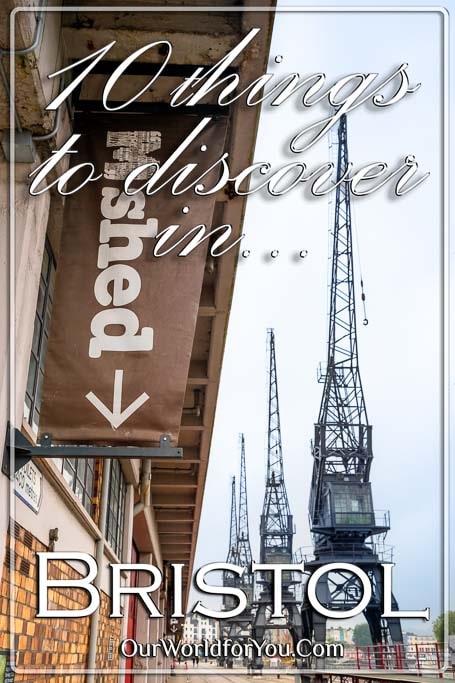
Where is Bristol?
How to get to Bristol
- By Train
The nearest mainline railway station is Bristol Temple Meads. Hop-off here and explore the city at your leisure.
- By Car
Bristol is served by the M4/M5 & M32 motorways. The most exciting way to arrive is via the A369 from the west and cross the Clifton Suspension Bridge (A small toll is levied) into the Clifton district of the city.
Things to see or do in Bristol
While exploring Bristol, a visit to see the magnificent ship SS Great Britain is a must. Isambard Kingdom Brunel’s revolutionary feat of engineering paved the way for the future of shipping.
Hop aboard the fully restored decks of this incredible lady and experience the absorbing sights, sounds and even smells of the world’s first luxury cruise liner.
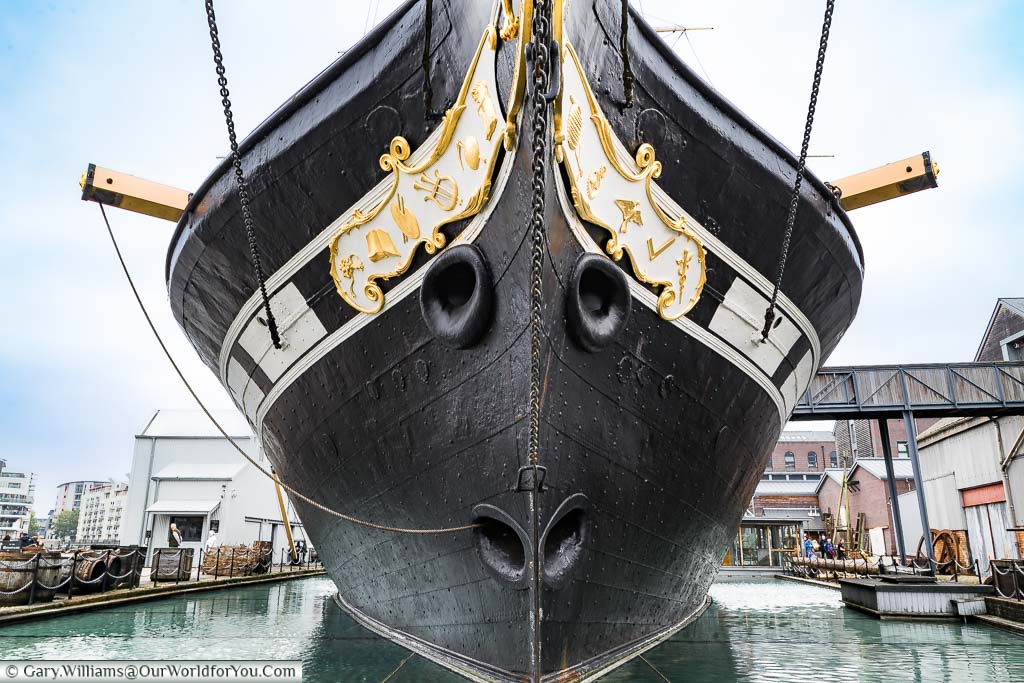
SS Great Britain was launched with a fanfare from the same dry dock she stands in now, at the Great Western Dockyard in 1843.
The ocean liner had a mixed life starting with cruising the Atlantic Ocean to New York. From the 1850s to the 1880s, she carried emigrants from England to Australia. In 1882 she was converted into a transportation sailing ship carrying cargo and had a fateful voyage in 1886 that left her abandoned until 1970.
SS Great Britain was then towed across the Atlantic Ocean from the Falkland Islands. With an extraordinary amount of TLC, she was transformed into the stunning museum ship she is today.
There are some genuinely delightful streets to explore in Bristol. Stroll the cobblestoned lanes along Welsh Back and King Street, and you’ll see ancient inns dating from the 1600s. There are many quirky buildings around here; if only walls could speak, I’d imagine there are many sailors’ yarns to share.
Queen Square is a little further down, where grand homes elegantly stand around the lawned park in the centre. It was here that the Bristol Riots took place in 1831.
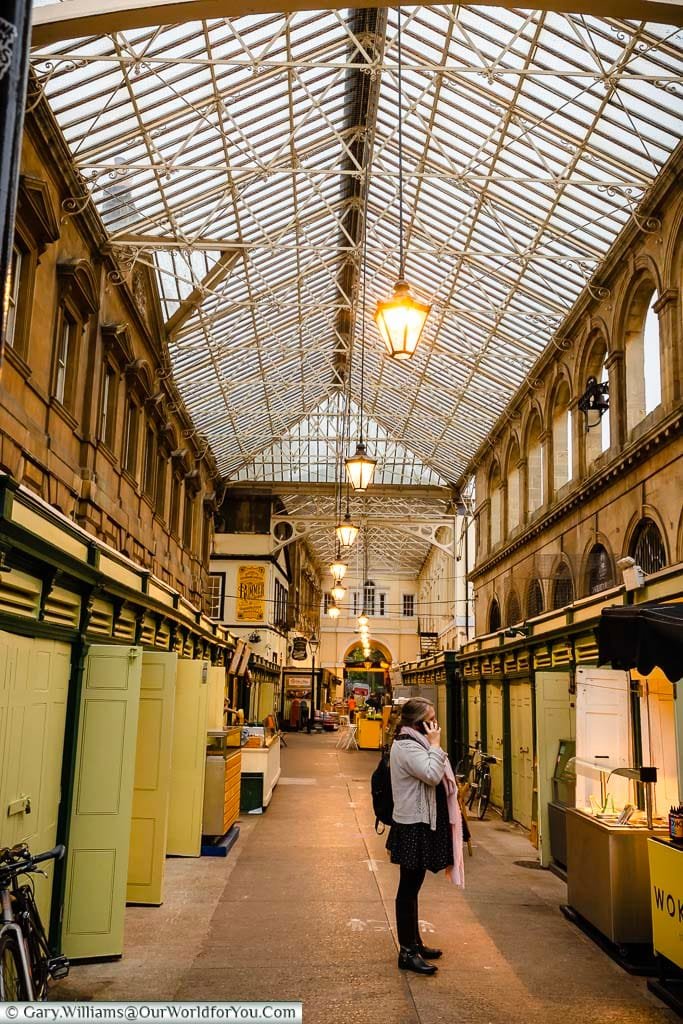
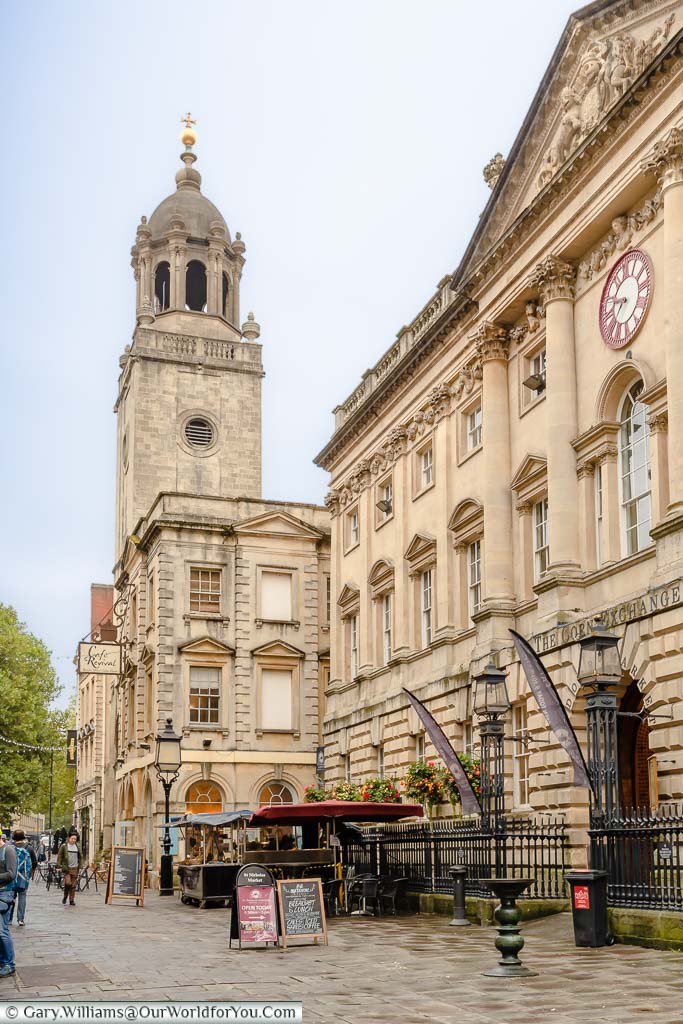
Venturing around Orchard Street, many historic merchant houses have charming wrought-iron courtyards. Nearby Orchard Street is the Hatchet Inn, believed to be Bristol’s oldest pub.
Another captivating area to visit is the top of Corn Street; here are some very stylish Georgian buildings. The Exchange was once a hive of activity and used by the local merchants trading in corn and other goods. A short hop is St Nicholas Market, full of independent stalls with the attractive Georgian Arcade.
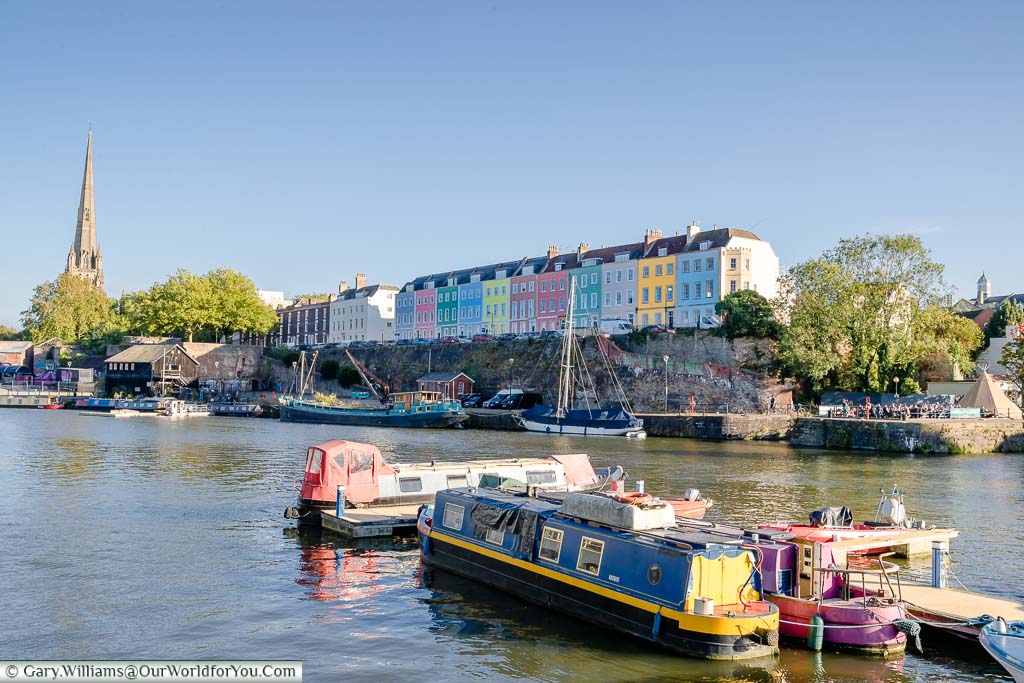
Gary and I always love visiting museums & art galleries; it’s a great way to learn about local history. Entry to Bristol Museum & Art Gallery is free of charge; although it’s advisable to pre-book your time slot, especially for the fascinating exhibitions.
A donation is warmly welcome for the care and love given to this well-maintained museum.
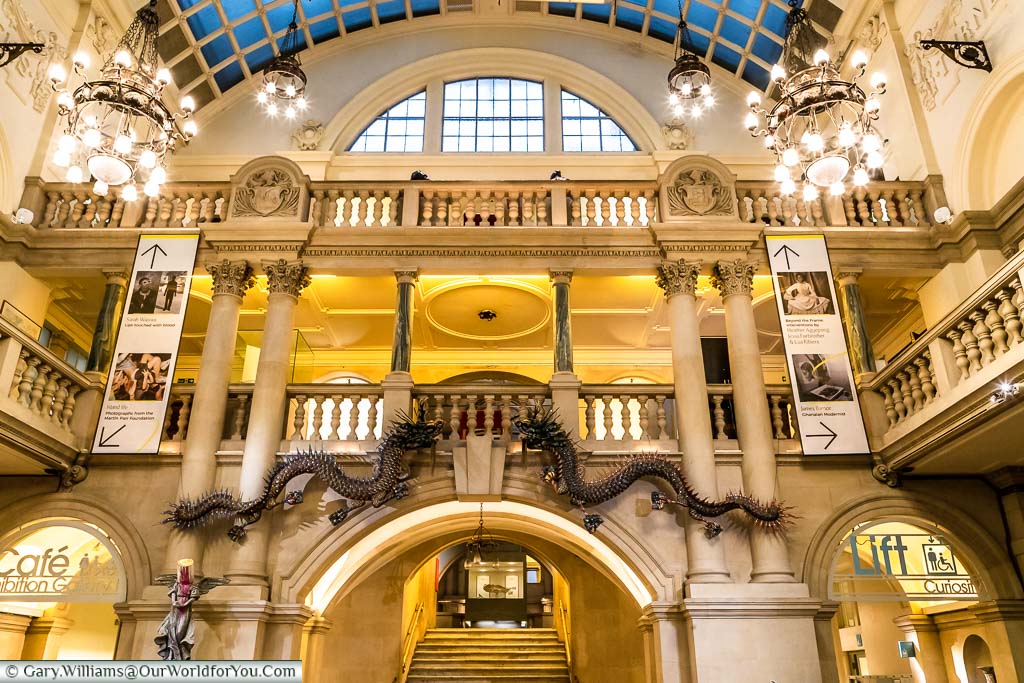
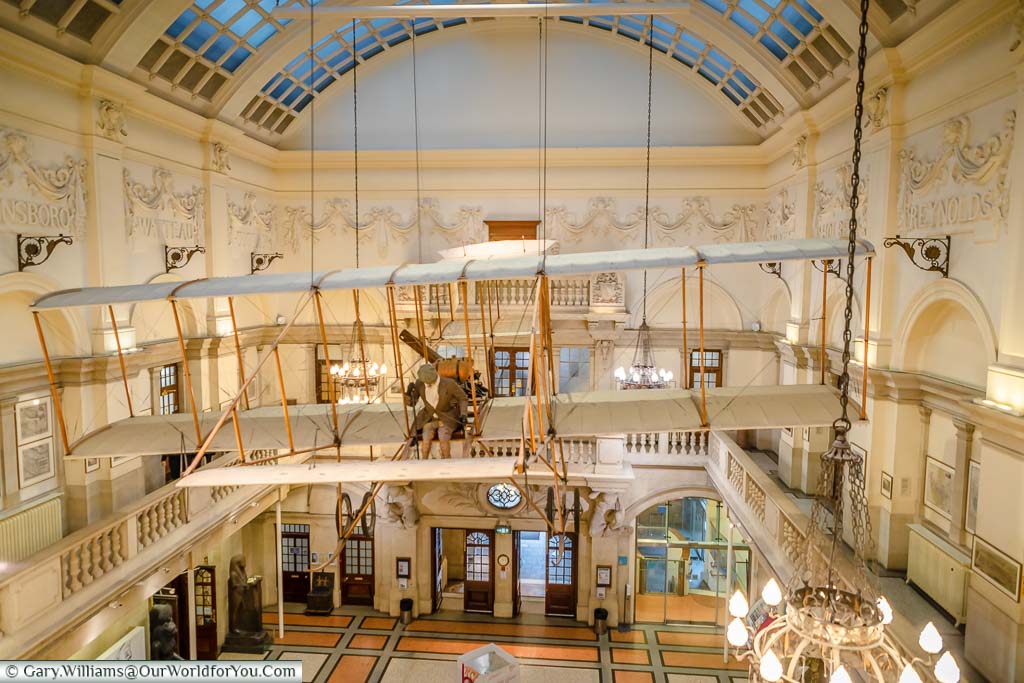
Also, to be admired in the main hall is Banksy’s Paint Pot Angel. Commissioned by Banksy for the Banksy vs Bristol Museum exhibition in 2009. The Paint Pot Angel was then gifted by the street artist to the museum.
The ground floor displays wildlife in the Southwest of England, historical artefacts on ancient Egypt and Middle Eastern Assyrian history. The first floor walks you through the story of dinosaurs, extinct animals, geology over millions of years, and intriguing maps and prints showing how Bristol has evolved over time.
The second-floor houses Bristol’s Art Gallery. Here you’ll discover some incredible pieces of work from modern and contemporary art to Old Masters.
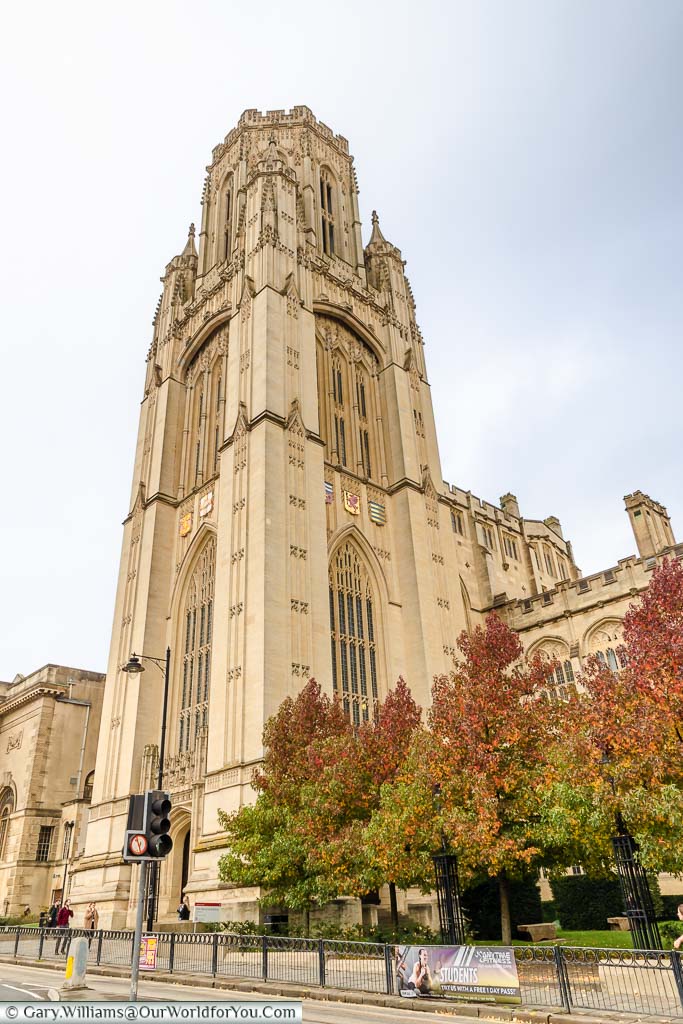
If you're intrigued to visit the historic cities of Bath and Bristol, then why not check out Lonely Planet's pocket travel guide. Full of helpful advice, interesting facts and time-saving tips.
You can pick it up for your Kindle or in good old paperback.
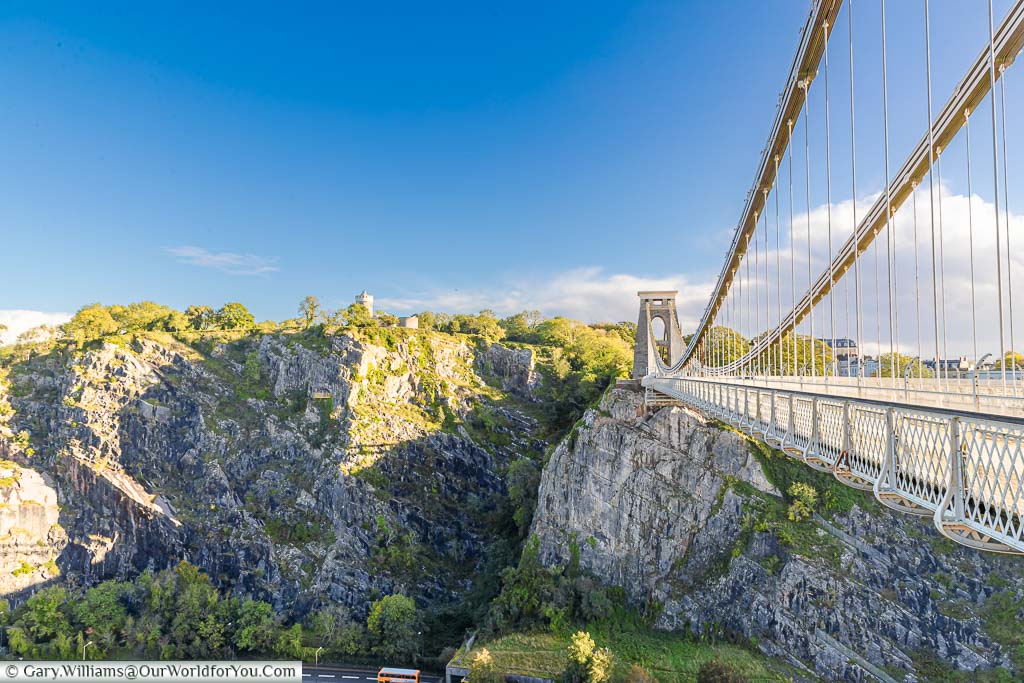
The bridge is truly magnificent to see; however, the intriguing lanes and streets around Clifton are exquisite to visit too. The tall, slim Georgian homes stand shoulder to shoulder within Clifton Village with ornate wrought-iron balconies adding a charming touch. You can imagine the prosperity of the folk that lived in this opulent neighbourhood.
Strolling around the captivating lanes, the local cafés and bars have tumbled out onto the streets and give a pleasant alfresco feel to dining and socialising with family and friends.
Clifton Arcade is a delightful Victorian shopping arcade that you must visit. Established in 1878, it is overflowing with little independent shops and boutiques. You’ll find antiques, florists, art galleries and jewellers all within a short stroll of each other.
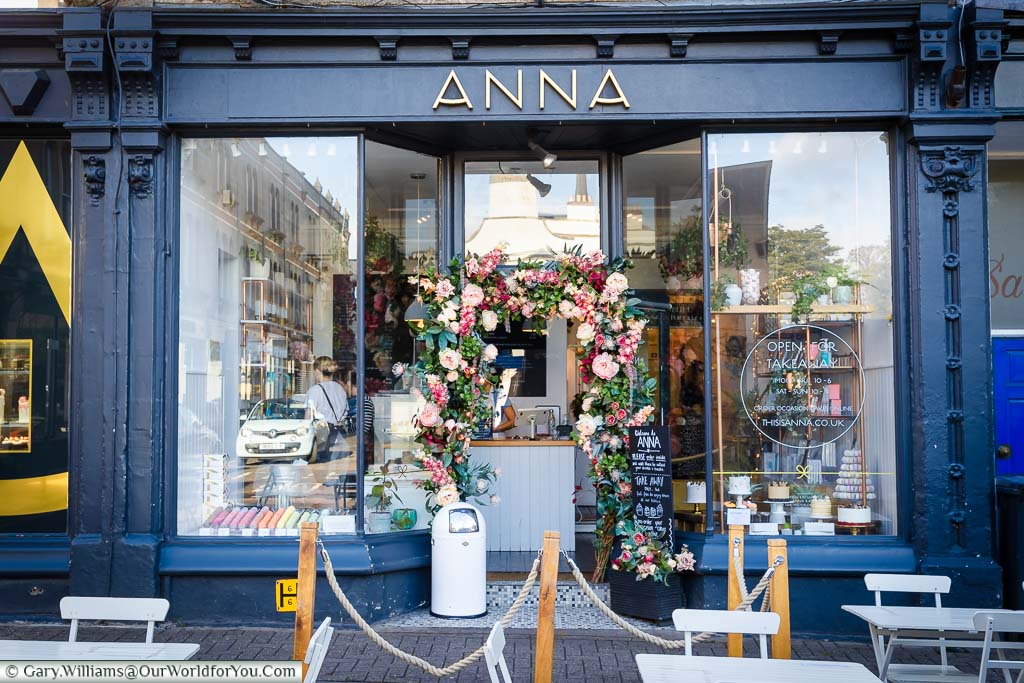
The crème de la crème of Clifton has to be the suspension bridge. It is a remarkable feat of engineering. When you see the deep gorge that has been constructed across, it is even more spectacular.
If you drive across the bridge, there is a small toll, but the greatest way to experience the full glory of the bridge and its height is to amble from one side and then to the other.
Where to stay in Bristol
I’m going, to be honest here, as you could easily just stroll around the streets of Bristol and discover street art and graffiti at your own leisure. However, it is so fascinating to understand the backstories of these talented guys and gals. Catch our post on Bristol’s urban art.
You’ll be amazed how long some of these street artists have been on the scene; believe me, it’s not all about Banksy. Don’t get me wrong, I love Banksy’s work, but there are some incredible pieces dotted around this colourful city of Bristol that will stop you in your tracks.
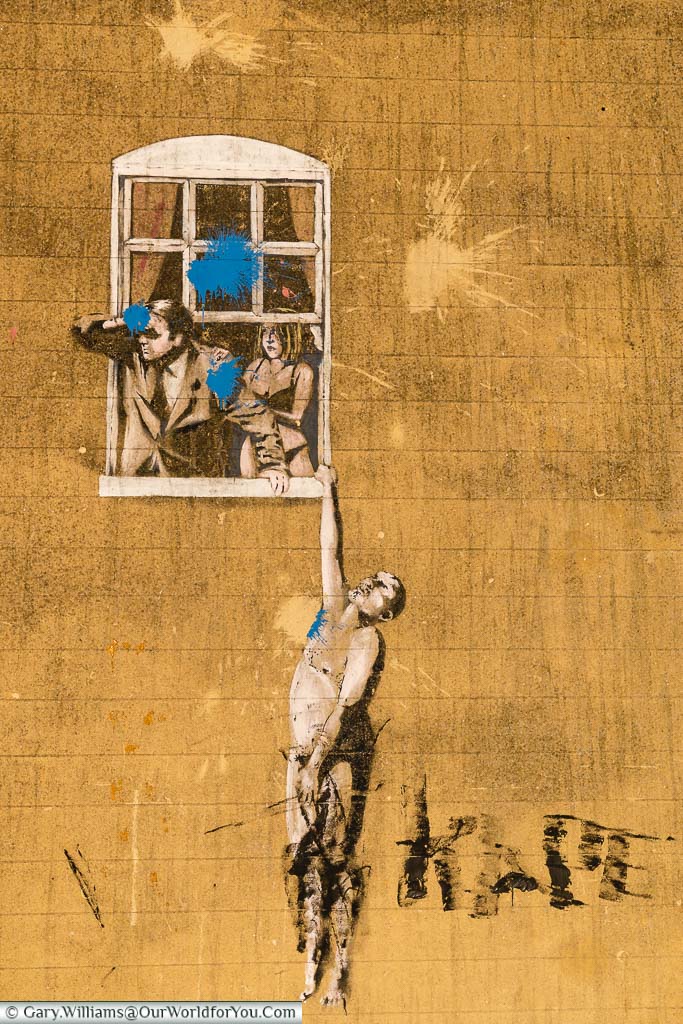
I appreciate that urban street art is not to everyone’s taste. Still, if you want to understand in more detail the inspiration behind some of these pieces, then we can highly recommend the “Where the Wall” 24-hour self-guided tour, which you can download to your phone. It’s narrated by Banksy’s mentor John Nation.
Banksy’s ‘Well Hung Lover’ caused a bit of uproar in Bristol in 2006. Prior to this, Bristol City Council removed all graffiti and street art as it was illegal. In a watershed moment, the council held an online poll to ascertain whether this piece should be removed, 97% of the responses wanted ‘Well Hung Lover’ to remain.
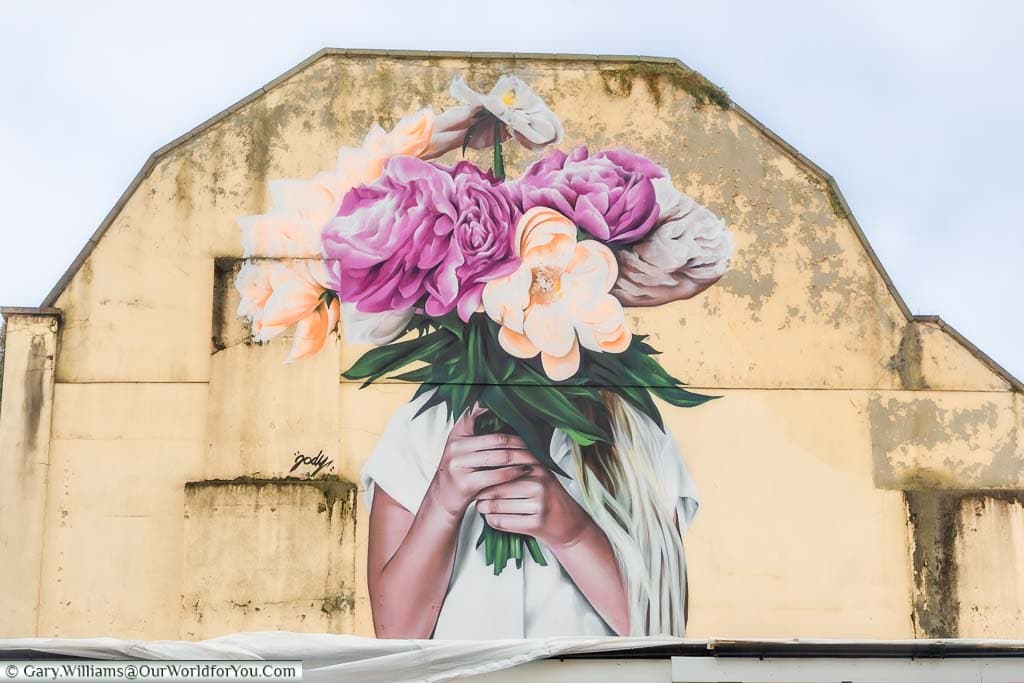
Tourist Information
You won’t be able to miss the location of the M Shed as it sits just beside the four iconic towering harbour cranes.
M Shed is a museum dedicated to Bristol’s past and present, how lives have become intertwined and the influences along the way. Photographs and films can be seen of touching local stories and how Bristol has evolved with the times.
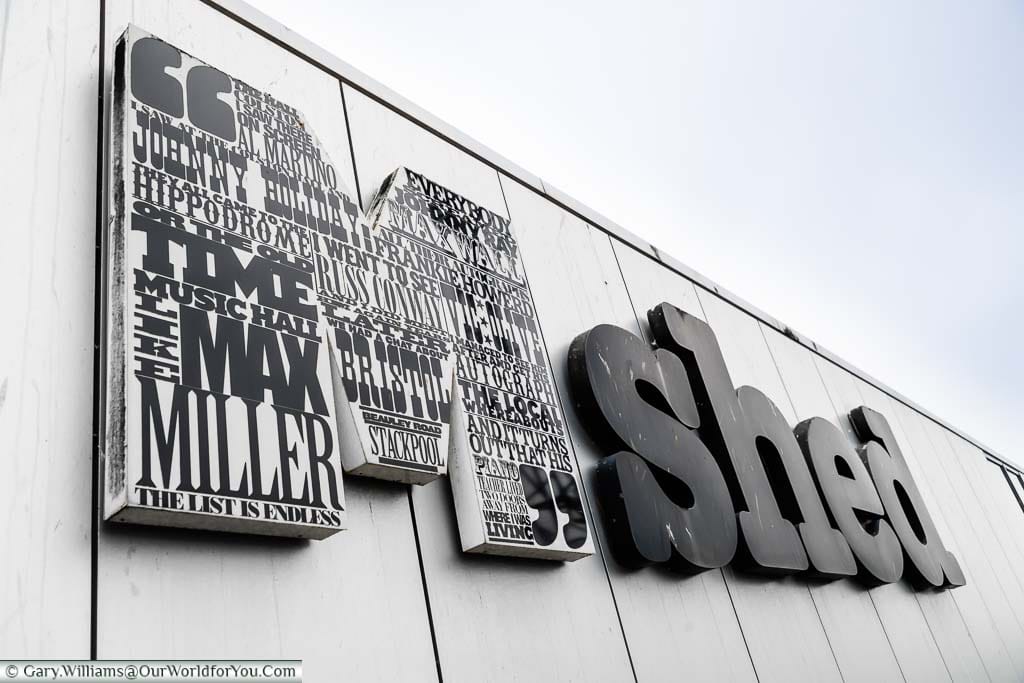
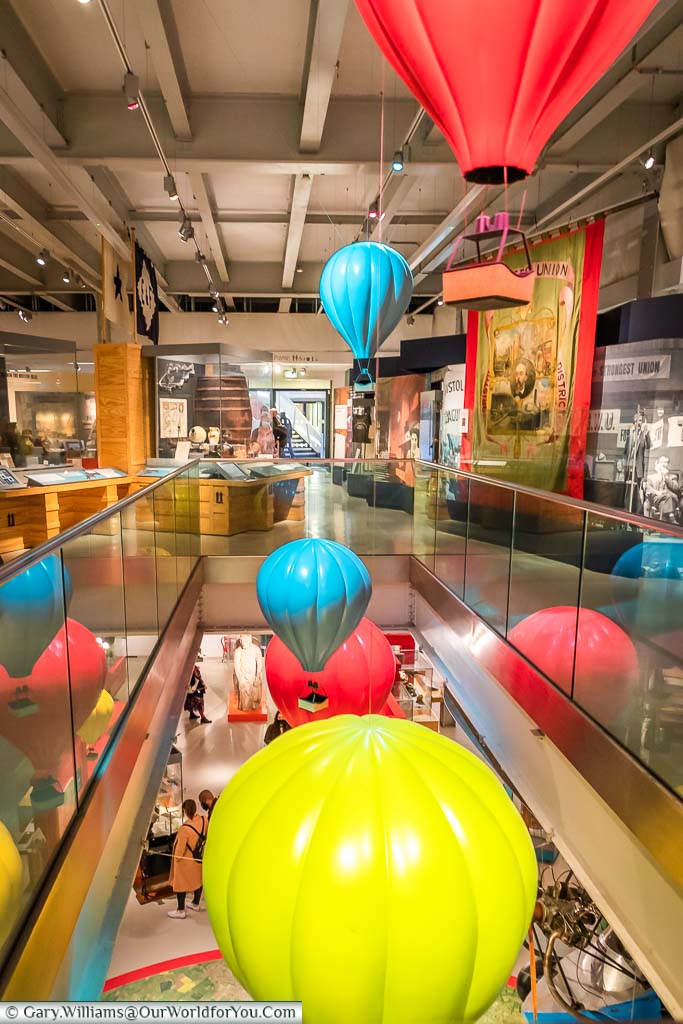
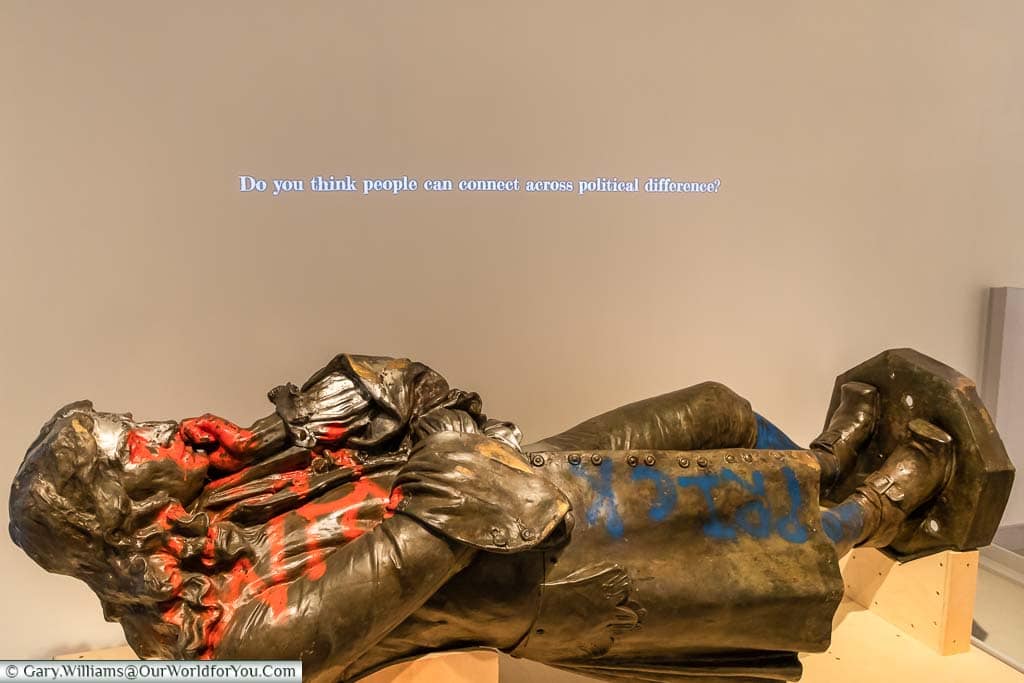
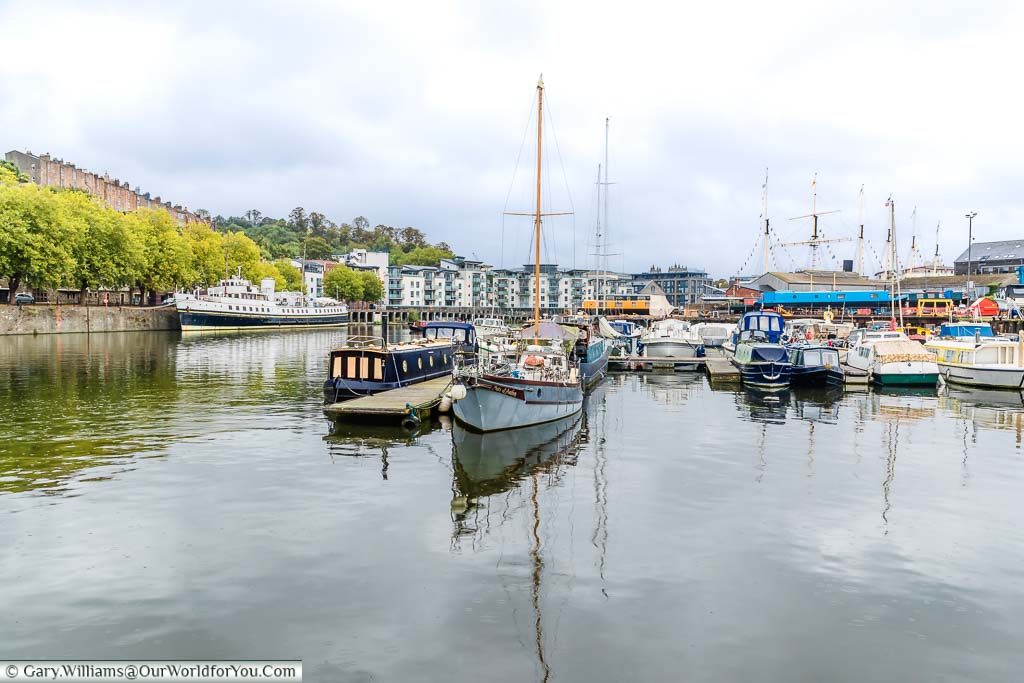
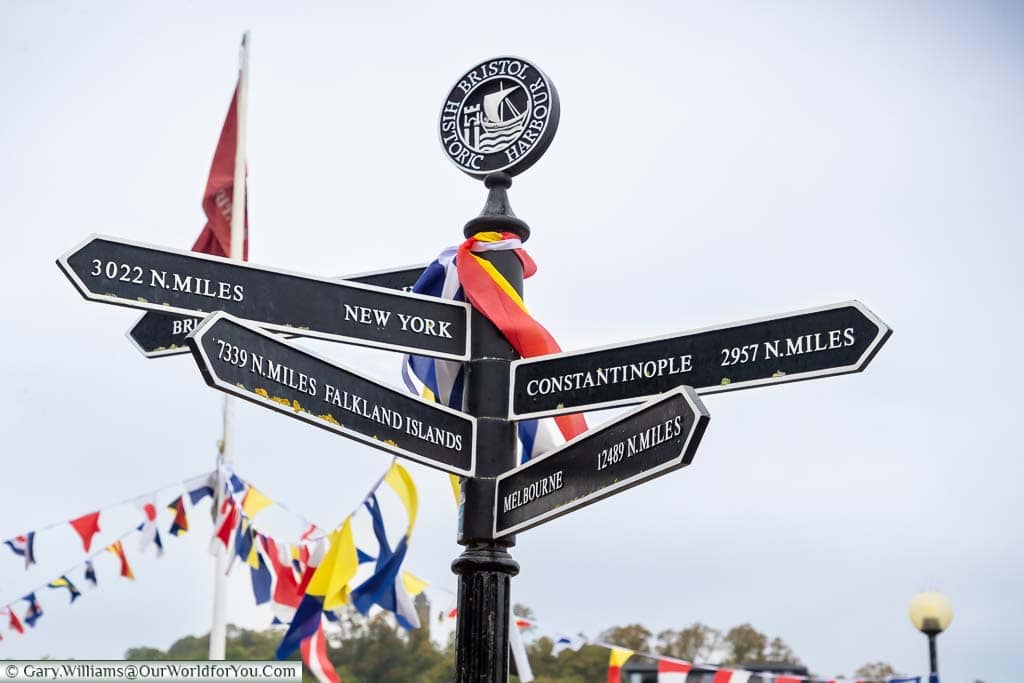
The section of the walk I particularly enjoyed was wandering through Underfall Yard and watching the local boat builders plying their craft.
As this is a working yard, this section of the walk is only accessible during opening hours.
When the yard is closed, you can stroll around the back.
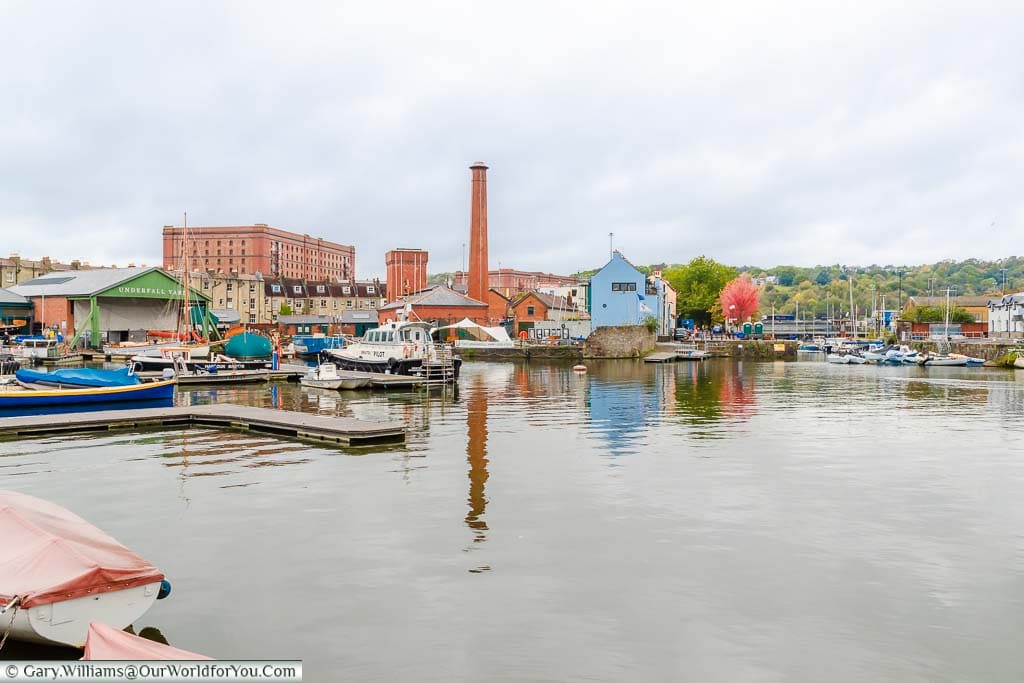
Although ambling through the yard during the working day and watching the talented boat builders was such an eye-opener. There is also a visitors’ centre in Underfall Yard, so you can witness first-hand the transition of the yard and the Floating Harbour created in 1809.
We then strolled along the north bank of the basin and weaved our way back to Bristol city centre.
Another charming region of Bristol to explore is around College Green and Bristol’s magnificent twin-towered cathedral.
The site of the cathedral was consecrated in 1148 when an Augustinian Abbey was founded. The Romanesque Chapter House can still be visited along with the stunning Abbey Gatehouse.
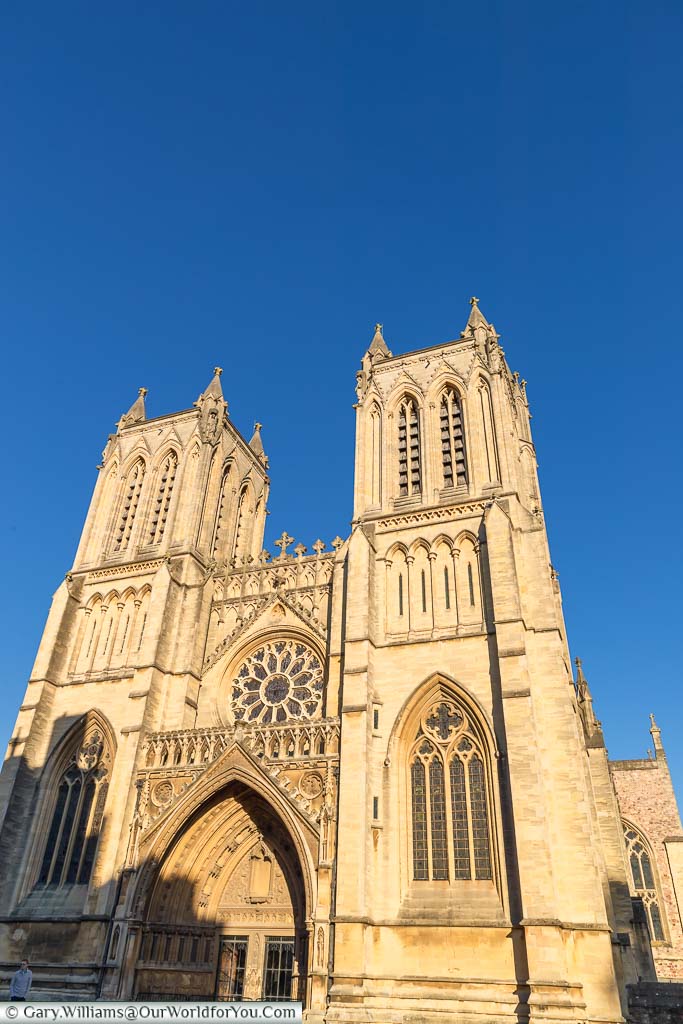
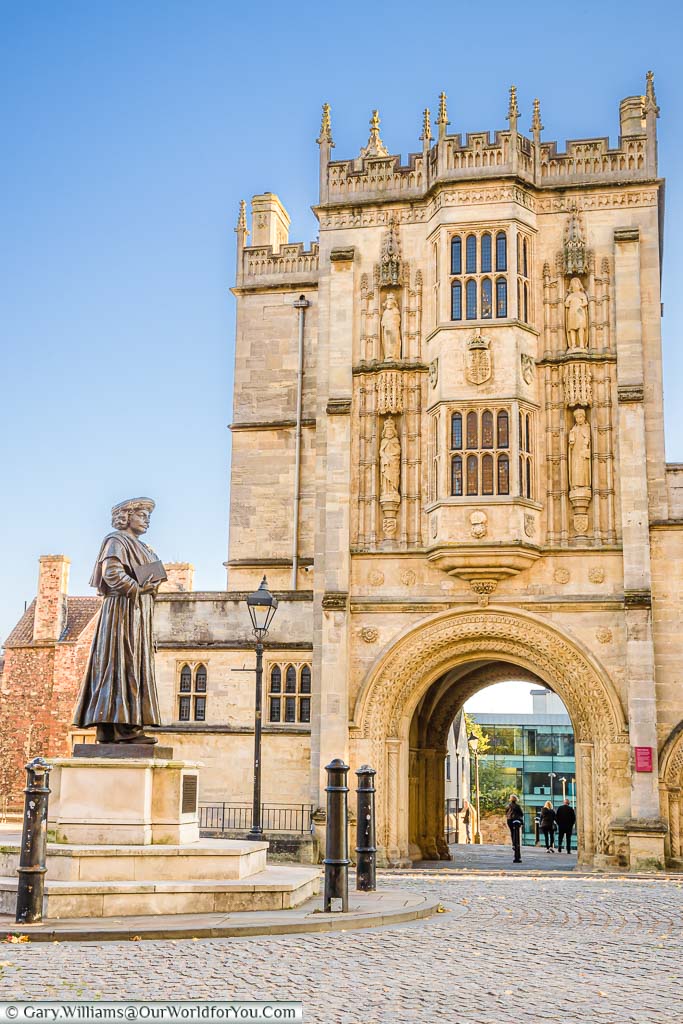
The Great Gatehouse was built around 1170 and was one of the few buildings that survived the Dissolution of the Monasteries. After 1542 the monastery became Bristol Cathedral. Over the proceeding centuries, the splendid cathedral has been extended, restored, and lovingly cared for.
Bristol’s Central Library is another striking building in this delightful area on the south side of College Green. It was constructed in the Edwardian style in 1906 by Charles Holden
College Green is also a relaxing place to rest your weary feet and enjoy a bit of people watching.
I love discovering unusual and quirky little bits about places; you often find out weird facts or just an intriguing slice of history.
Did you know that Bristol has a street named Christmas Steps? It’s quite a quaint part of Bristol in the Arts Quarter. It’s full of unique independent shops lining the steep lane; you may even find that alluring saxophone you’ve been after. This area of Bristol dates back to the 1600s .
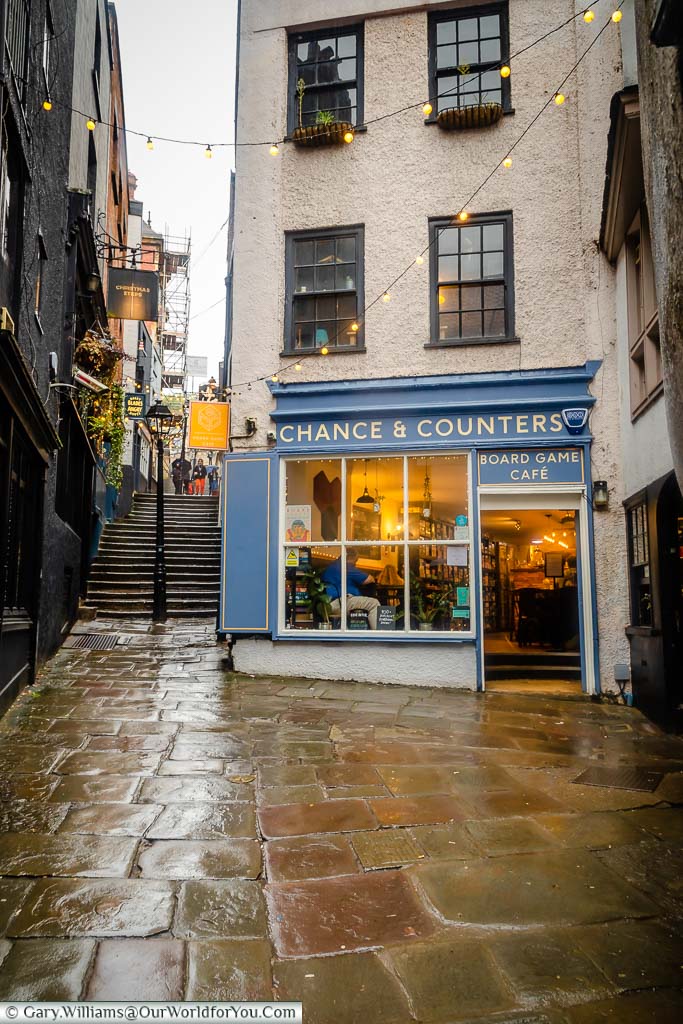
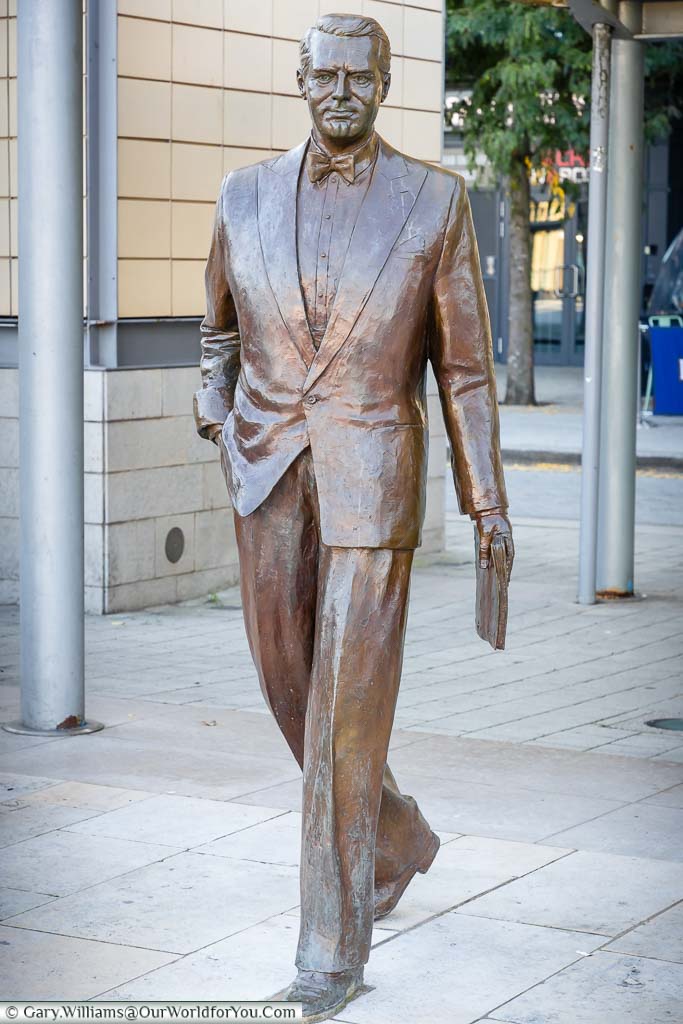
I didn’t realise until we were planning to visit Bristol that the suave actor Cary Grant was born in Bristol in 1904 and spent his childhood years there. You’ll find a life-size bronze of the Hollywood legend in Millennium Square.
For a little people watching, head to the Cascade Steps water installation; it’s just nearby the Watershed. This is a bustling area of Bristol, especially in the summer months. It’s quite therapeutic sitting watching the world pass by and listening to the sound of rolling water tumbling down the steps towards the harbourfront.
Samuel Plimsoll and John Cabot are another couple of historic and noteworthy people to be remembered and commemorated in Bristol.
Samuel Plimsoll devised what is still known as the Plimsoll Line, which is a line on a ship’s hull indicating the maximum load line. This safety precaution was to save numerous amounts of lives.
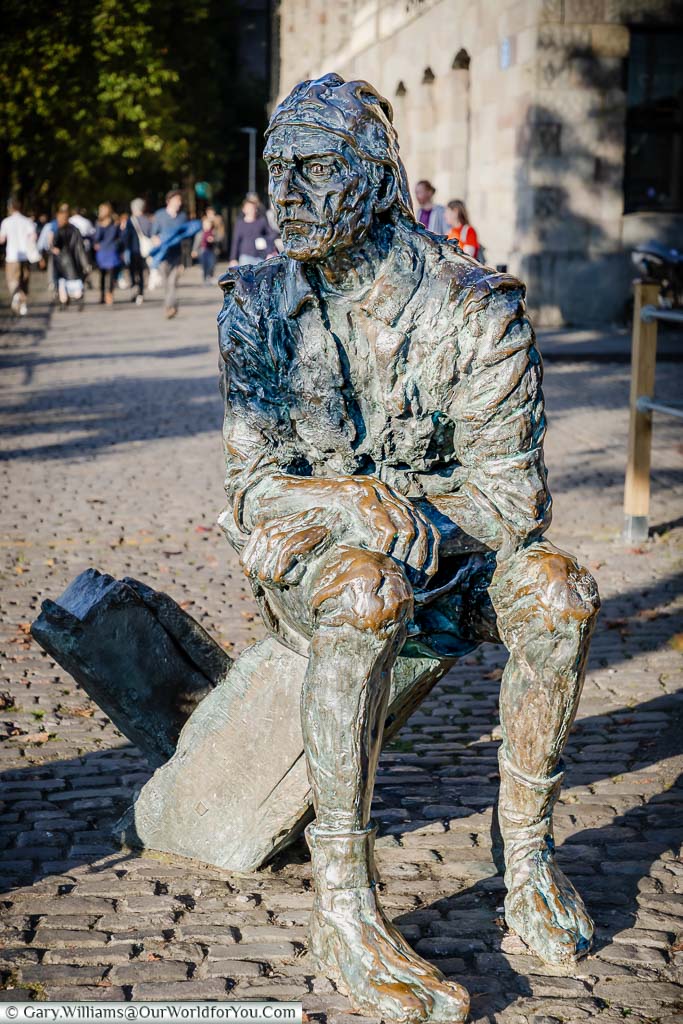
John Cabot, whose real name is Giovanni Caboto has an eye-catching tower named after him on Brandon Hill. From the shores of Bristol, the Venetian explorer set sail in 1497. He became the first European to disembark on mainland North America later to become Canada.
Cabot Tower was erected in 1897 in the Neo-Gothic style to commemorate the 400th anniversary of his journey.
I’ve just selected a few historic inns to look out for; however, there are so many charming pubs in Bristol, all with an interesting tale to tell.
The Ostrich Inn on the bankside of Lower Guinea Street was built around 1745. It was regularly used by sailors, dockers and merchants who worked in the Port of Bristol during slave trading.
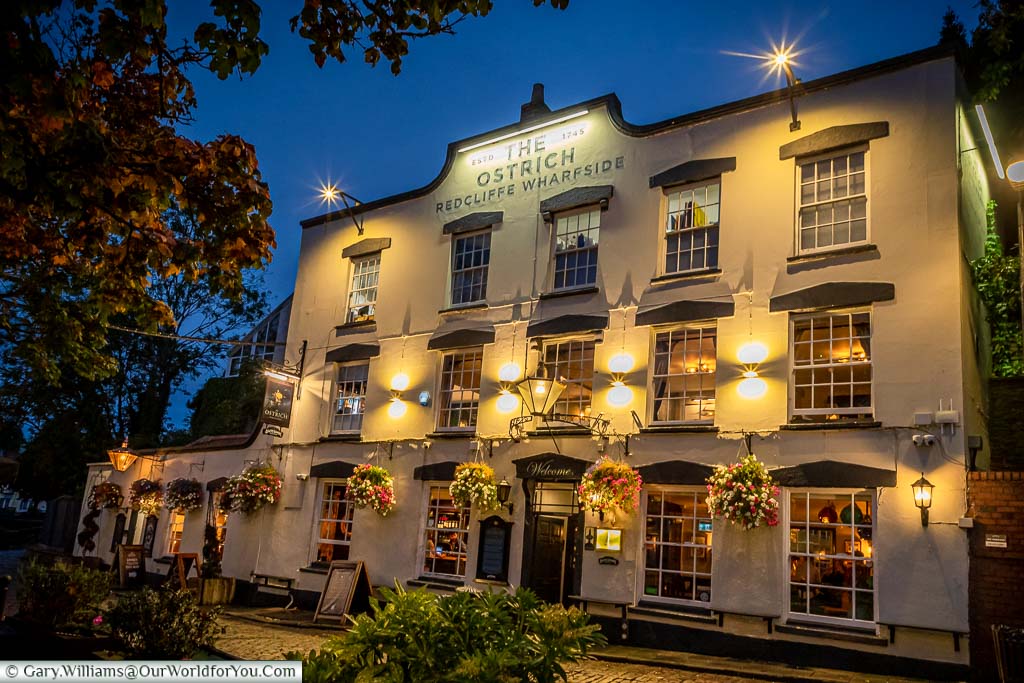
Just a short stroll along Guinea Street is the early 18th-century Golden Guinea pub. It is the last surviving pub around the dockside with connections to Royal Africa Company.
Along King Street is the timber-framed 17th-century Llandoger Trow pub. It was named after the flat-bottomed boats that came across the River Severn to Welsh Back and is believed to be haunted. Tradition has it that Daniel Defoe met Alexander Selkirk, who became Robinson Crusoe, which was the inspiration for The Admiral Benbow in Robert Louis Stephenson’s Treasure Island.
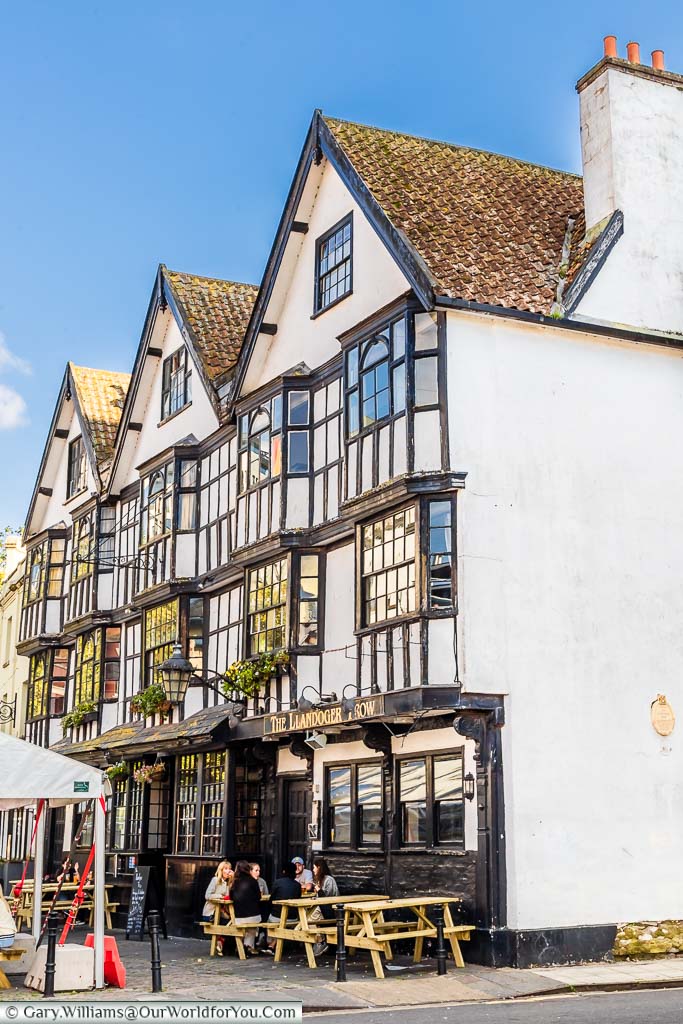
Disclaimer
* This post may contain links to affiliated sites where we earn a small commission at no additional charge to you.



You sadly missed out our hidden gem, St Mark’s, the Lord Mayor’s Chapel on College Green opp Bristol Cathedral. Founded in 1220, the only municipally owned church in the country. This building is a jewel, you only have to step inside to be amazed by its beauty, which reflects its long history. Following the dissolution of the monasteries by Henry VIII, the building was acquired by the city in 1541 and be became the Lord Mayor’s Chapel in the 18th Century. Today, it continues to offer nondenominational services, as well as partnering with many organisations in the city including arms of the military and FareShare which is involved with food banks in the city.
Wow, that sounds fascinating. Unfortunately we only had limited time; however, we will certainly be returning so one for next time. Thanks
Cary Grant “swathe”? Do you mean suave?
Oh, good spot; yes, I missed that in my check.